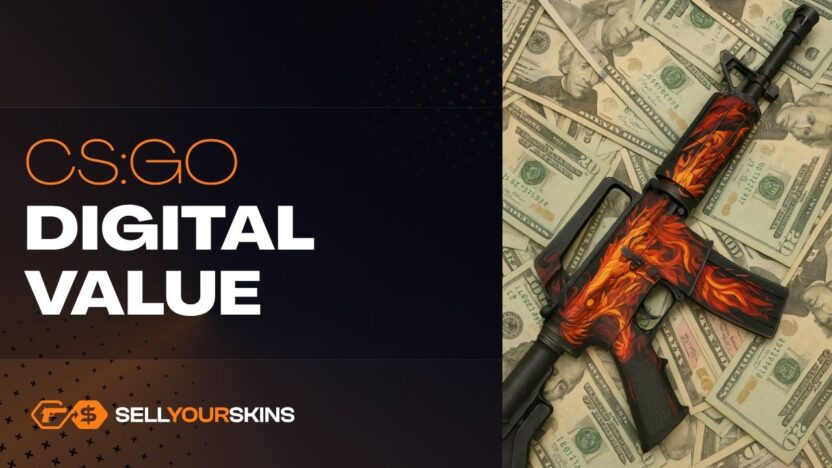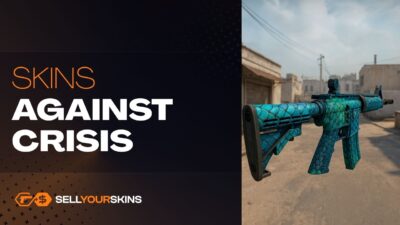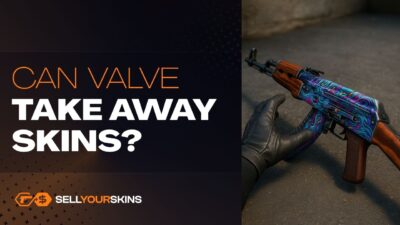Before CS:GO appeared, digital items in games were treated more as a curiosity. A skin in a shooter was a decoration, an accessory – something meant to improve aesthetics, not to hold any real monetary value. In many games, you could unlock an alternative look for a weapon or character, but it was a purely cosmetic feature – non-transferable, non-tradable, and meaningless outside your own account. It wasn’t until Counter-Strike: Global Offensive introduced something that completely changed the way players and the entire market perceive “digital assets.”
Before CS:GO – Cosmetics Without Value
Between 2000 and 2012, the online gaming market didn’t yet understand the concept of “digital value” in its modern, official sense. In MMOs like World of Warcraft or Runescape, items had in-game value, but trading them was unofficial and often illegal. In shooters or esports titles, no one imagined that a weapon skin could one day be worth hundreds of dollars. Even when microtransactions appeared (for example, alternative outfits in FPS games), players treated them as a whim – a one-time purchase that simply “looked nice.” Before CS:GO, a digital appearance was just a toy, not an asset. It had no lasting value, couldn’t be resold, and certainly didn’t have a real secondary market.
Valve Introduces a New Economy
In 2013, Valve launched the Steam Market, along with CS:GO’s skin system. Initially modest, it quickly evolved into a complete economic ecosystem. Suddenly, every skin had a price, liquidity, demand, and supply. A new form of “digital trade” emerged, where players began to view their virtual items as real assets. The biggest breakthrough was that it all happened legally and transparently. Valve didn’t punish trading – it facilitated it, creating infrastructure and allowing the market to determine the value of each item. That was the moment when many games began to resemble miniature stock exchanges.
Skins as the First “Digital Assets”
Over time, skins stopped being merely aesthetic add-ons. They became the first example of digital items with measurable market value that existed beyond the game world. They could be sold, bought, traded, or even treated as investments. This phenomenon preceded the NFT boom and effectively created a blueprint for how digital goods trading could look when not tied to currency or stocks. Although the money remained within Steam, skins had real cash value. Players started referring to their skins as assets – “I’ve got an inventory worth several thousand dollars”. That was no exaggeration, as some item prices truly reached such amounts. The CS:GO market demonstrated that digital goods can be not only visually appealing but also economically meaningful.
A Shift in Thinking – Digital ≠ Worthless
The biggest change happened in the minds of players. Until then, digital items would vanish once a game was shut down or abandoned after a few years. CS:GO proved that value can exist in the virtual world just as it does in the real one – as long as it has social context, limited supply, and a secure trading system. People began to realize that owning digital goods isn’t a whim but a modern form of collecting. For younger players, a skin became what sneakers, vinyl records, or watches were for previous generations – something that expresses style, status, and taste.
The Legacy of CS:GO – A New Culture of Ownership
CS:GO laid the foundation for the concept of digital user ownership. Unlike in other games, where items were often tied to an account and had no value outside the game, here the player could truly manage them. They could sell or trade them – and in some cases, even turn them into a source of income. From this philosophy emerged entire trading platforms, such as SellYourSkins, which took the idea of digital ownership even further, allowing players to exchange virtual items for real money outside the Steam ecosystem.



